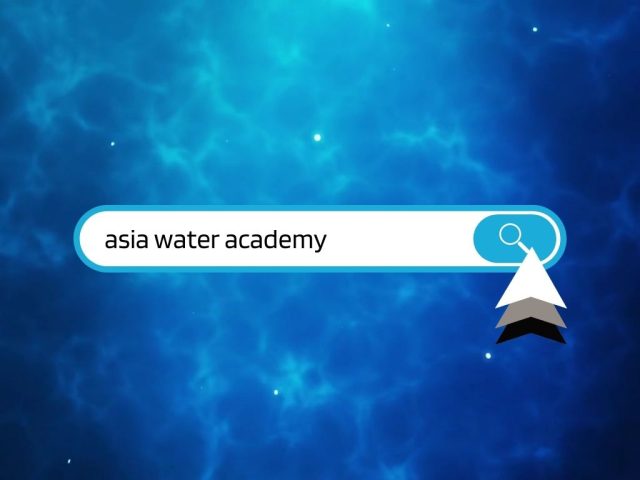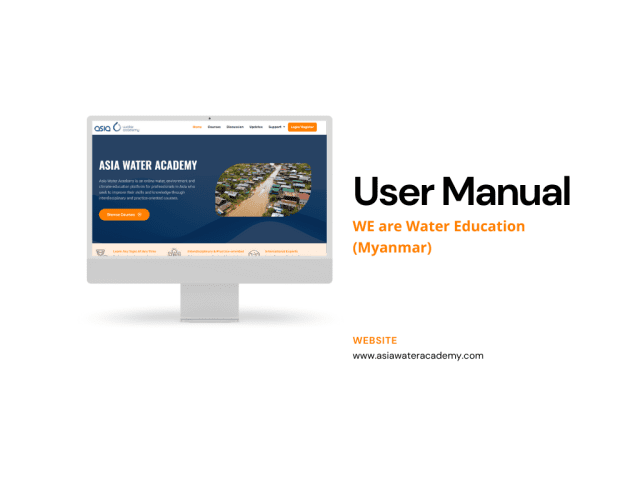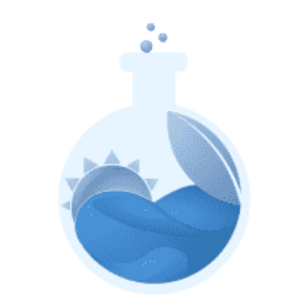There are five important elements for our life-hood: biosphere, surface, ocean, atmosphere and cryosphere; and the climate system is one of the Earth’s major systems. Weather and climate appear to have similar effects on our planet, Earth, but they are not the same thing. “Weather,” as we perceive it, is the fluctuating state of the atmosphere around us characterized by temperature, wind, rain, cloudiness, and other weather features. The term “climate” refers to the average weather and the changes in a given area over a specified period of time. Climate varies from place to place, such as latitude, distance from the sea, vegetation, presence of mountains or other geographic factors, seasonality, yearly, decade to decade or more.
Water is essential because it has unique physical and chemical properties. In addition to its role in regulating the “metabolism” of our planet. It is a sedentary lifestyle and a large part of the climate system. It helps keep the earth’s temperature cool by evaporating water. Water vapour is an essential component of greenhouse gasses and to create precipitation help reflect sunlight back to Earth.
Water and Climate Change
Climate change affects water around the world in complex ways. These changes will put pressure on the global drinking water supply, food production, real estate values and more. In fact, “most of the impact of climate change comes from water,” says Obamano Lal, director of the Columbia Water Center. For example, Cyclone Nargis in 2008 damaged around 20 percents of the cultivated area in Myanmar. Flash floods from coastal storms and cyclones and gradual sea level rise have caused coastal farmland to suffer from sea salt intrusion, low soil productivity and soil erosion. This limits the rice harvest in the Ayeyarwady region to one crop per year instead of two.
Changes in rainfall patterns cause frequent river flooding in the main watersheds of Myanmar, making those working in floodplains and central agricultural land particularly vulnerable. Many people in rural Myanmar depend on rivers and rainwater for their livelihoods and rising temperatures and decreasing rainfall in those areas will lead to water shortage year by year.
Surface Water issues
Surface waters are the water above the Earth’s surface, such as streams, rivers, lakes, wetlands and reservoirs. Although the sea is salt water, it is also considered surface water. Surface waters and associated ecosystems provide habitats for many species of plants and animals. It occupies a large part of the earth’s surface and is subject to pollution. Contamination of surface waters is primarily a human product. This water is polluted by contaminated stormwater runoff that is carried to a nearby water source. Major sources of water pollution include fertilizer runoff from farms and home gardens, salt and chemicals from cities and highways. Surface waters can also be contaminated by sewage and waste intrusion from animal factories. These types of pollutants are highly toxic and carry high levels of pathogens and water-borne diseases, making them deadly even if ingested by humans.
Protecting surface water from pollution not only improves drinking water quality but also protects valuable habitats. It is our responsibility as humans to make more conscious choices that lead to healthier planets and water systems. To take action against surface water pollution we all have to make small decisions that have an impact on a daily basis. One way to do this is to clean up your trash and recycle whenever possible.
Groundwater issues
Groundwater is the water that exists underground in saturated areas below the surface and it does not come from underground rivers. It is contained in an aquifer. Aquifers are geological structures made of permeable elements that can store large amounts of water like sponge. Groundwater is always in motion. It moves very slowly compared to surface water, and the actual rate depends on the permeability and storage capacity of the aquifer. Large amounts of groundwater are distributed around the world and play a key role in the development of arid and semi-arid regions, sometimes supporting large-scale agricultural and industrial projects.
Rapid industrialization and increased use of chemicals often inject many pollutants into groundwater. Common and Main sources of groundwater pollution are farming chemicals or pesticides, sewage discharges, landfills, uncontrolled hazardous waste, storage tanks, and air pollutants. Groundwater is the primary source of drinking water and contaminated groundwater can affect the vegetation since trees and plants absorb those polluted water, and animals, marine life and human beings who consume groundwater will suffer health problems from harmful chemicals and substances.
Groundwater pollution can persist for years and is difficult and costly to treat. Pollution prevention is the key. As mentioned in surface water, we need to change each of our mindsets when it comes to protecting groundwater. For example, properly dispose of all waste and do not dump chemicals into drains or floors, test for leaks in underground fuel oil tanks and replace them as soon as possible, keep all chemicals and fuels safe, and reduce the use of chemicals and be sure to use it in the correct direction.
Atmosphere and Hydrology
The hydrologic cycle or water cycle has been active since the creation of Earth and Water. Water reaches the earth in the form of precipitation like rain and snow. After that, the water evaporates, condenses in the atmosphere in the form of clouds, and then returns to the Earth in the form of precipitation, continuing the cycle. The water cycle affects the weather and climate of a particular region in many ways. The water cycle can produce more clouds in the area and it affects the temperature to drop constantly. Rain and snow are the result of the hydrological cycle and can cause severe weather conditions, and heavy rain due to the hydrological cycle can cause flooding. Lack of rain, lack of adequate water sources can lead to drought in some areas. The water cycle is a key factor in obtaining water for plants, animals, and humans. They not only provide water for us, animals, and plants but also move nutrients, pathogens, sediments, etc. into and out of aquatic ecosystems.
Disaster Risk Reduction
There is strong evidence showing that all parts of the world are already experiencing the effects of climate change in different ways. Every year, water-related disasters, such as tropical storms, floods and droughts, cause the most disasters that harm people, property and livelihoods. The number of people at risk from water-related disasters will range from 1.2 billion to 1.6 billion in the next 30 years (OECD, 2019). Cyclone Nargis killed more than 140,000 people, caused the death of family and friends, or the loss of livelihoods, homes and daily life, and caused severe trauma and loss of social capital to those affected (ASEAN Secretariat, 2010). More than 2.4 million people in cities such as Laputa, Bogale, Pyinsalu and Yangon were affected, and hundreds of thousands lost their livelihoods, homes and healthcare (Lateef, 2009).
These days, it is way easier to collect data on land use, surface water and real-time rainfall data. We can make timely flood warnings to save lives from this information with the combination of ground observation data. These developments have also helped bring about a paradigm shift in infrastructure planning and design. Concrete aqueducts were used regularly to impede the flow of flooding not so long ago. Current science and engineering enable nature-based solutions that take into account the response of the environment to the work performed in rivers.
References
- The climate system I an overview
- The role of water in climate I Jstor
- Climate change impact on health and livelihood I Climatecentor
- Surface Water: What You Need To Know I Hydroviv
- What we all can do to reduce groundwater contamination I portal.ct.gov
- Making waves in resilience I preventionweb.net
- Disaster Risk Reduction in Myanmar I Reliefweb
- Managing water risks and disasters I oecd
Written by Hnin Wut Yee San, an intern at The Water Agency.





